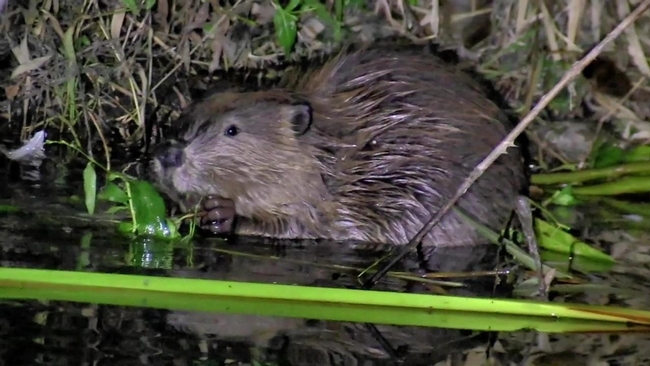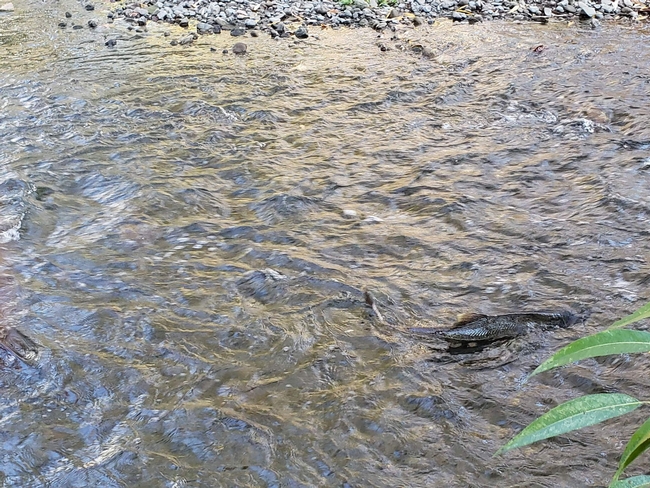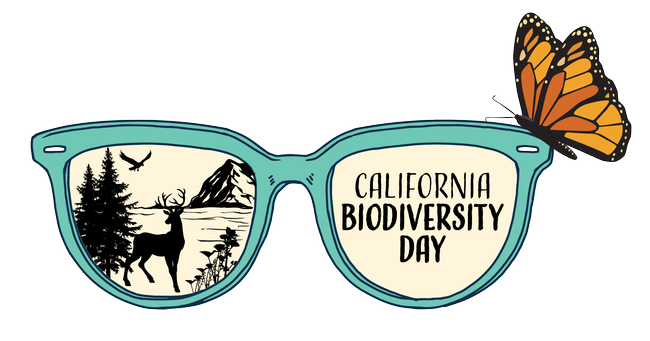Guest author Karan Gathani is a certified Grassroots Ecology California Naturalist, and writes about the San Francisco Bay and Delta Biogregion for California Biodiversity Week 2021. You can follow more of Karan's writings posted on California Naturalist Diaries.
What things do you love about your bioregion?
I live in the San Francisco Bay Area/Delta Bioregion which means there is more to life than just paying Jacksons for your Avocado Toasts and artisan brewed coffee. For starters, it is one of the few bioregions on the Pacific coast where you can spend the morning tide pooling, get humbled while hiking through a redwood forest during the afternoon and still be on time to watch the sunset from the top of a mountain on the same day. And since the weather is usually cooperative for such outings, one can go exploring all year-round.
What are the highlights in terms of wildlife, geology, watersheds, beloved cultural resources, iconic species, etc?
San Francisco Bay is among the largest estuaries on the Pacific coast. This makes it an invaluable rest stop along the Pacific flyway. Hence, every winter you will see all the tidal wetlands swarmed with thousands of migrating shorebirds and waterfowl. The scene is reminiscent of the town of Indio taken over by selfie-obsessed kids during the annual Coachella Valley festival and then abandoned at the end of the festival.
Another fascinating thing about this area is the presence of North American beavers residing inside a popular neighborhood park in the South Bay Area. Trying to convince people that a beaver is residing in the creek 50 ft from where people are walking and biking makes them wonder if I believe in unicorns as well.

What natural phenomena do you look forward to annually?
There are so many things that I look forward to at different times of the year, but I will be mindful of the people reading this and list just one, which is not fair, but so is life.
San Jose being one of the largest and most populated cities in the United States has a remarkable event occurring every year in its Guadalupe River. The Chinook Salmon make their journey back swimming upstream from the Pacific Ocean to the place they were born. It is a sight I wish every resident gets to experience when the exhausted Salmon is using its last ounce of energy to power through the obstacles in hopes of passing along its genes. They die soon after mating and spawning. It is one event that makes you appreciate the struggle for life, the tragedy of death and joy of birth all in one landscape. It is a sober reminder to why it is so important to keep our watersheds clean and healthy, if we ever want to sustain a healthy Salmon population for future generations.

Favorite guides and/or local naturalists that helped you to learn more about the bioregion
I owe a debt of gratitude to all the naturalists I get the opportunity to share the space with and constantly learn about new things. Among those, Dr. Merav Vonshak, Jan Hintermeister and Colter Cook are some people who have influenced me in looking holistically at the ecosystem rather than concentrating on a few species.
Activities you love to do to explore the unique nature of your bioregion
I try to participate in every local BioBlitz, and lucky for me that BioBlitz.club and Keep Coyote Creek Beautiful organize one every month. Other than that, exploring with docents by going on bird walks organized by San Francisco Bay Bird Observatory and Santa Clara Valley Audubon Society. And finally, explore a different world by going on night hikes with Grassroots Ecology and MidPeninsula Regional Open Space Preserve docents.
September 4-12, 2021 is California Biodiversity Week. Join us in celebrating the unique biodiversity and renewing our commitment to stewarding the state's incredible natural heritage! During the Week, CalNat is posting blogs authored by members of our community, ending in our September 14th CONES event from noon-1:00 PM. Be sure to also check out a list of activities and resources online from the CA Natural Resources Agency!
